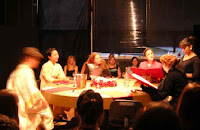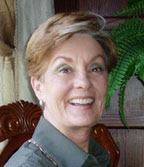 I really can’t believe she’s gone, just like that. Many of my colleagues have worked with her office. Among other contributions, she was a staunch supporter of women’s rights. She will be very sorely missed.
I really can’t believe she’s gone, just like that. Many of my colleagues have worked with her office. Among other contributions, she was a staunch supporter of women’s rights. She will be very sorely missed.
Life is precious. Live every minute, my mother always says. I have a feeling Stephanie did. And she should have had many, many more.








